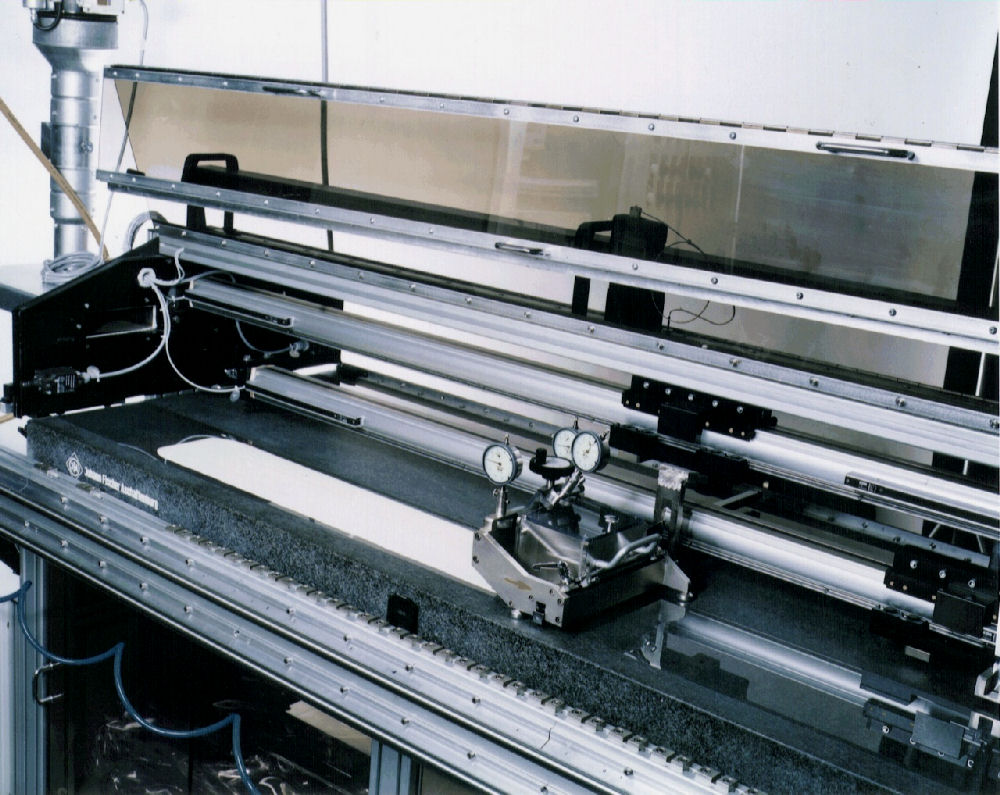Tape casting is preferably used for the production of large, thin ceramic layers (wide-flat layers). The ceramic raw powders and a dispersing agent are dispersed in a liquid and mixed with an organic binder system. The homogenous, evacuated slurry is given into the slurry reservoir and flows under an exactly adjusted doctor-blade onto the carrier tape. During the subsequent drying process the dispersing liquid is evaporated whereupon the tape thickness reduces. Casted tapes range commonly between 20 µm and 1 mm in thickness. Multi-layer tapes with different powders in each layer are prepared by repeating the casting steps or by laminating the single-layer tapes. The green tapes can be structured by stamping, deep drawing or folding. Thin-walled complex-shaped ceramic components are generated by joining planar tapes with structured tapes or joining differently structured tapes.
Products and services offered
- Development of green tapes based on ceramic, metal or glass powders
- Detailed rheological characterization of tape casting slurries
- Studies on drying, debindering and sintering of ceramic tapes
- Processing of ceramic green tapes by structuring, joining and lamination
- Development and production (prototypes, small series) of ceramic components based on tape casting technology
- Development of technology concepts and apparatuses for tape casting and processing
Examples and references
- Development of two-layered silicon carbide tapes with coarse-porous support and fine-porous membrane layer, structuring and joining of these tapes to produce flat multi-channel elements for membrane filtration
- Development of tapes and multi-channel elements to be assembled in cross-channel filter stacks for the use in innovative diesel particulate filters (material e.g. re-crystallised silicon carbide)
- Thin tapes (≤ 50 µm) for diffusion joining of non-oxide ceramic parts
- Structured SiSiC tapes for thermoelectric applications (e.g. heating elements)
- Development of oxide ceramic tapes for different applications (e.g. dense zirconia, porous alumina)
